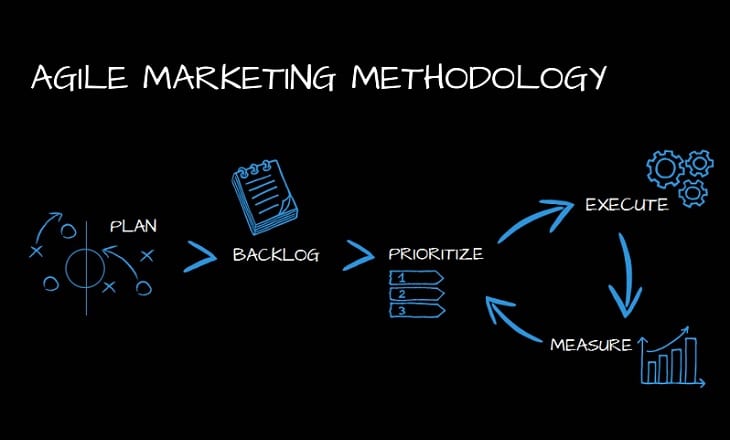The following article was written by Adinah Brown, content manager at Leverate.
You’ve surely heard of the agile management style, haven’t you? In recent years it has become an increasingly popular method of software development, which is based on the ability to respond to change rapidly, follow a plan, test data, implement rapid iterations, and collaborate over silos and hierarchy.
In marketing, we tend to be individuals of a more creative nature and so agile seemed like a bit of a right-brained obstacle to letting our creative juices flow. Now however, marketers across the world are realizing that while remaining creative, marketing strategies could greatly benefit from implementing agile styles. Benefits such as improving speed, transparency, predictability, adaptability to change and more, could completely overhaul marketing functions and campaigns. Particularly in Forex brokerages, which need to adapt their marketing messages and advertising pieces to rapidly changing market trends and regulations.
Following a process called Scrum, Agile marketers are able to improve alignment with business goals and sales goals, improve communication across a team in an organization, and increase responsiveness.
A few months ago I was having lunch with a colleague who manages the marketing department at one of the largest FX brokerages. She was venting about how her team had put together a mass e-mail campaign, made several revisions to the copy following feedback from the company’s CEO and legal department. Finally, after only a few iterations, the campaign was ready to be sent, eight weeks after the original idea had spurred. The problem? The regulation had changed within that time and her campaign had become irrelevant.
In a rapidly moving world where people’s attention spans are supposedly shorter than that of a goldfish, traders are able to make decisions about their portfolios in seconds. Eight weeks can easily push a marketing team and a brokerage to the edge of obsolescence.
For a solution to address this common problem a company can implement agile marketing within their organization:
1. Align and set expectations: Hold a kick off meeting between the team who is going to be designing a campaign and the key stakeholders to align on goals and objectives. Then the team will establish some agile ground rules: continues collaboration, embrace the unexpected, keep it simple, data trumps opinions, customer centric is the main mindset.
2. Obtain insights based on analytics: Identify pain points, issues or opportunities that affect the customer’s decision-making journey.
3. To promote accountability, hold stand-up meetings daily to discuss what each member of the team accomplished the day before and what they plan to accomplish today. Why stand up? Because this way everyone knows it is a short meeting that allows them to move-on to their actual work. Why daily? Because people deliver on promises they made in front of their peers the day before.
4. Come up with ideas, prioritize them and set parameters to test them: Think of ways in which your campaign can improve customer experience and then set KPIs to measure your ideas. When setting up the priority of the ideas to implement, think of two things: how much of an impact will they have on the business and how easy will they be to implement? Test ideas starting at the top of your priority list.
5. Run tests: In order to validate the ideas you came up with, run tests. Test the effectiveness of changing a CTA on a campaign, a color on a button, the frequency of your mailing campaigns, everything. Test in 1-2 week sprints and adjust according to the results you obtain.
6. Iterate based on results: Review the test findings, report on the performance of each idea and scale those that show promising results. Adjust quickly to feedback received after implementation.
7. Continue implementing ideas that are down the backlog. Often times, organizations get into a “business-as-usual” mindset. Agile is an excellent way to aggressively fight the comfort zone and shift organizations into a fast-moving one that continuously drives business growth.
